Industrial roofing that works as hard as you do
July 2, 2025 at 6:00 a.m.By ROOFCORP of America.
What covers your facility can make or break your bottom line.
When it comes to industrial buildings, the roof is more than just a cover — it's your first line of defense against weather, energy loss and costly downtime. Yet, too many facilities stick with outdated or mismatched roofing systems that silently drain budgets and weaken operations. The right roofing choice doesn’t just protect your building — it boosts efficiency, cuts long-term costs and supports your business goals. From classic metal to modern membranes, ROOFCORP of America shares why knowing your options is the first step toward making a smart investment.
Built-up roofing (BUR)
Built-up roofing (BUR) is one of the oldest and most reliable roofing systems for industrial applications. This type of roof comprises multiple layers of bitumen and reinforcing fabrics, which are alternated and finished with an aggregate top layer.
Benefits
- Durability: The multi-layered design offers excellent resistance to wear and tear, making it ideal for heavy foot traffic and industrial use.
- Waterproofing: The layers of bitumen provide superior waterproofing, reducing the risk of leaks.
- UV protection: The aggregate top layer protects the underlying materials from harmful UV rays, extending the roof’s lifespan.
- Cost-effective maintenance: Repairs are straightforward, as damaged sections can be patched without replacing the entire system.
BUR roofs are perfect for facilities requiring long-lasting, low-maintenance solutions that can withstand harsh conditions.
Modified bitumen industrial roofs
Modified bitumen roofing builds upon the traditional BUR system but incorporates polymer-modified bitumen for added flexibility and strength. It’s available in both single-ply and multi-ply applications.
Benefits
- Flexibility: The material can expand and contract with temperature changes, reducing the risk of cracking in fluctuating climates.
- Energy efficiency: Some modified bitumen membranes come with reflective coatings, improving energy efficiency and reducing cooling costs.
- Longevity: With proper installation and maintenance, these roofs can last 20 years or more.
Industrial facilities in areas with wide temperature ranges benefit significantly from modified bitumen’s durability and flexibility, ensuring reliability under changing conditions.
Thermoset roof membranes (EPDM)
EPDM (ethylene propylene diene monomer) is a thermoset roofing material commonly used in industrial and commercial buildings. Known for its rubber-like composition, EPDM is a single-ply membrane that delivers superior performance.
Benefits
- Exceptional weather resistance: EPDM can withstand extreme weather, including intense sunlight, rain and hail.
- Durability: The material resists cracking, tearing and general wear and tear, offering long-term protection.
- Cost efficiency: EPDM is one of the most cost-effective single-ply roofing materials on the market.
- Energy efficiency: One of the major benefits of EPDM roofing is its energy efficiency. It is particularly effective at retaining heat and absorbing sunlight, making it a practical choice for buildings in colder climates. EPDM is best suited for northern states, where businesses and facilities spend more on heating throughout the year.
- Ease of maintenance: Repairs are simple and can often be done with adhesive patches.
With its excellent resilience and affordability, EPDM is a trusted option for industrial facilities requiring a no-frills, reliable roofing solution.
Thermoplastic roof membranes (TPO)
Thermoplastic (TPO) offers some of the best benefits in commercial and industrial roofing. One of its biggest advantages is energy efficiency — its reflective surface helps deflect heat, keeping buildings cooler and reducing energy costs. TPO is also highly versatile, as it can be applied over a variety of existing roof systems, making it a flexible option for many projects. Installation is significantly easier compared to torch-applied roofing—simply roll it out, secure it, seal the seams and the job is essentially done. Its combination of durability, efficiency and ease of installation makes TPO a top choice for modern roofing solutions.
Metal industrial roofs
Metal roofing remains a classic and durable option for industrial facilities. These roofs are typically made of steel, aluminum or zinc and can be coated for additional protection against corrosion.
Benefits
- Longevity: Metal roofs can last 40 years or more with minimal maintenance.
- Strength: Metal is highly resistant to wind, fire and impact damage, making it suitable for harsh industrial environments.
- Energy efficiency: Reflective coatings can be applied to reduce heat absorption, lowering cooling costs.
- Sustainability: Many metal roofing materials are made from recycled content and can be recycled again at the end of their lifespan.
Industrial facilities requiring robust, long-lasting protection greatly benefit from a metal roof’s strength and performance. However, businesses should consider the upfront cost, as these roofs tend to have higher initial investments.
Factors to consider when choosing an industrial roof
Selecting the right industrial roofing system requires more than just comparing materials. Factors such as climate, building usage and maintenance expectations all play critical roles in the decision-making process.
Key considerations:
- Climate compatibility: Roofing materials like TPO excel in hot climates due to their reflective properties, while EPDM performs well in colder regions.
- Energy efficiency goals: For businesses aiming to reduce operational costs, energy-efficient roofing systems with reflective coatings, such as TPO, are ideal.
- Maintenance requirements: Built-up roofing and modified bitumen offer straightforward repair options, minimizing long-term costs.
By analyzing these factors, industrial facilities can ensure their roofing system meets both their operational and environmental needs.
The role of professional installation in roofing longevity
Even the best industrial roofing materials can underperform without proper installation. Partnering with experienced roofing professionals ensures the durability and performance of your investment.
Benefits of professional installation:
- Accurate installation: Experts ensure all seams, fasteners and membranes are properly placed to avoid leaks and structural weaknesses.
- Compliance with standards: Professional installers adhere to industry regulations and manufacturer guidelines, preserving warranties.
- Improved longevity: Correctly installed roofs require fewer repairs, extending their lifespan and reducing overall costs.
Proper installation is the cornerstone of a roof’s success, making it essential for businesses to choose skilled contractors for their industrial roofing projects. Without professional expertise, even high-quality materials can fail prematurely due to improper application or overlooked details.
FAQs about industrial roofing
Below are some common FAQs about industrial roofing:
What is the best type of roofing for industrial buildings?
The best type of roofing depends on the building’s needs, location and budget. TPO is a top choice for its energy efficiency and durability, while metal roofs offer unmatched longevity and strength.
What are the main differences between TPO and PVC roofing?
Both are thermoplastic membranes, but TPO is more cost-effective and eco-friendly, whereas PVC provides superior chemical resistance and flexibility.
How long do industrial roofs typically last?
The lifespan varies by material: TPO and EPDM can last 20-30 years, while metal roofs often exceed 40 years with proper maintenance.
What are the benefits of metal roofing for industrial use?
Metal roofs provide exceptional durability, longevity and sustainability, making them ideal for industrial facilities exposed to harsh conditions.
Why is TPO roofing a popular choice for industrial buildings?
TPO is affordable, energy-efficient and durable, offering excellent value for industrial buildings that prioritize cost savings and environmental sustainability. TPO is also one of the most versatile roofing materials and one of its most common applications is as a re-cover system. Instead of tearing off an old roof, TPO can often be installed directly over an existing roofing system, saving time, labor and disposal costs.
Conclusion
Selecting the right roofing system for an industrial building impacts long-term costs, energy efficiency and overall performance. Each roofing type — from BUR to TPO — offers distinct advantages tailored to specific needs, ensuring industrial facilities can operate efficiently and sustainably.
Original article and photo source: ROOFCORP of America
Have a question? AskARoofer.
Find your local roofing contractor in the AskARoofer™ Contractor Directory.
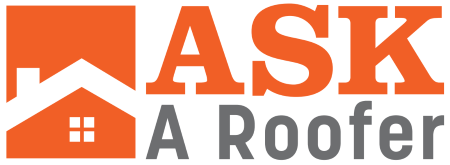
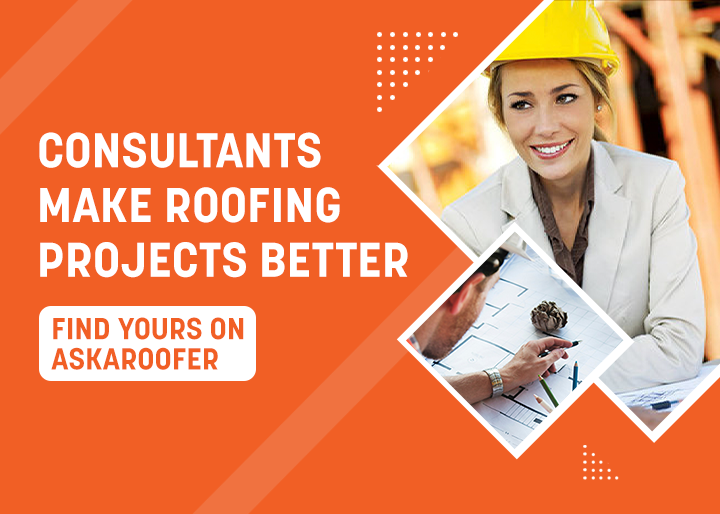




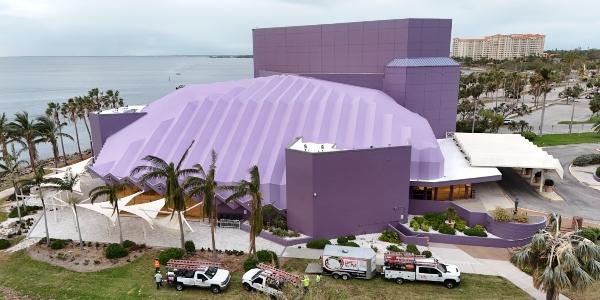
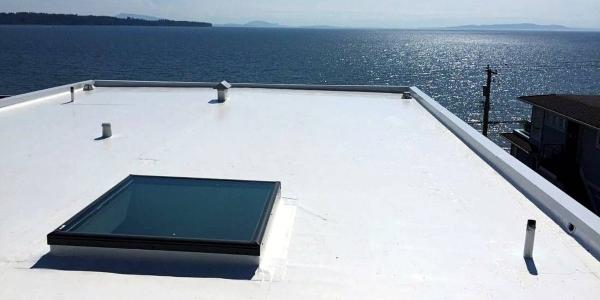



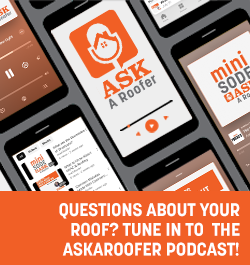

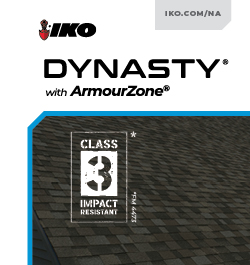
Comments
Leave a Reply
Have an account? Login to leave a comment!
Sign In